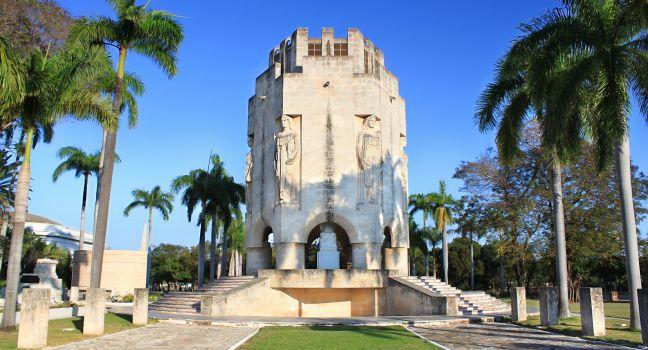Santiago de Cuba

Santiago de Cuba celebrated 500 years of history in 2015 with its own unique panache. The city has played an important role in Cuban development, from the beginnings of the wars for independence to the launching of the Revolution. No wonder it has earned the title Ciudad Héroe ("hero city"). It has fostered an independent spirit, bred through its isolation from Havana and its tradition of trading with and welcoming settlers from neighboring Caribbean islands.
As Cuba becomes a hot tourist destination, sultry, seductive Santiago is positioning itself to become a well-deserved mecca for tourism. The city's unique architecture blends Caribbean, Spanish, and other European influences. The African roots of Cuba's people are the most pronounced in Santiago, and this adds considerable flavor to the food as well as a lyrical lilt to the Spanish that's spoken here. You'll hear music in the air, from hypnotizing Cuban salsa to the folksy nueva trova to the latest Latin hits. Sightseeing here can keep you busy for days, if you like. Nightlife here can keep you busy for just as many corresponding evenings, too. To top it off, unlike most non-Havana urban areas on the island, this city actually has a good, decent variety of lodgings. None of them—not even the venerable, historic Casa Granda or the hip, trendy Meliá Santiago de Cuba—will break your budget. After 10 minutes here, you'll shorthand the city's official name to "Santiago," like the half-million people who live here do. After a couple of days here, soaking up the uniquely santiaguero vibe, you may say, "Havana? Where's that?" There's good reason why many visitors who make it this far east count Santiago as their favorite Cuban city.
Recommended Fodor's Video
Elsewhere in Santiago de Cuba
Baracoa >
Restaurants (1), Things to do (10), Hotels (2)
Bayamo >
Restaurants (0), Things to do (6), Hotels (3)
Chivirico >
Restaurants (0), Things to do (0), Hotels (2)
Guantanamo >
Restaurants (0), Things to do (0), Hotels (0)




